Think of the first Trump administration’s North Korea policy, and the bright lights, photo ops and eventual lack of deals in Singapore and Hanoi come to mind. The first two years of Trump 1.0 saw the then-new US president fluctuate between threatening “fire and fury” on the hermit kingdom to calling Kim Jong-un a “great leader”. Yet, the recent and as-of-yet unconfirmed revelations of an abortive US mission in early 2019 – wherein US Navy SEALs sought to intercept communications of Kim Jong-un – may seem to contradict the unusual bromance between Trump and Kim at the time. But in fact, they only emphasize Trump’s desperation for a deal with North Korea at the time.
Neither Washington nor Pyongyang has ever commented on the elaborate operation, allegedly approved by Trump, which seems closer to a James Bond movie than reality. Navy SEAL Team 6 was given the task of sneaking into waters off North Korea on a nuclear-powered submarine, after which a small team of SEALs would be dispatched in smaller submarines near the shore. They would then swim to shore, plant the listening device and return unseen having evaded the gaze of North Korean surveillance. Yet as with all military operations, things are easier said than done. As the special operations forces made their way to shore, North Korean fishermen in a trawler, allegedly fishing for shellfish in the area, moved towards the stationed submarines. The SEALs – by then on land – shot all two or three North Korean civilians and abandoned their mission.
Questions abound as to whether North Korea knew about the incident and how Pyongyang might have reacted at a time when Trump and Kim were exchanging frequent “love letters” after their first summit in Singapore on June 12, 2018. Kim Jong-un wanted benefits from the United States, including the removal of sanctions but also status and legitimacy, all the while he continued to expand his nuclear and missile programs. With a second summit with Trump set for February 2019, any North Korean escalation in brinkmanship in response to the incident could have led to the cancellation of talks at the bare minimum. After all, North Korea had already witnessed Trump’s volatility when, in May 2018, he abruptly cancelled – before re-instating – the Singapore Summit.
The period from 2018 to 2019 marked a bizarre juncture in US-North Korean ties. After his election in November 2016, not even North Korea knew what to expect from the man who, in his pre-election campaign, offered to “eat a hamburger over a conference table” with Kim Jong-un. But Pyongyang was glad to see the end of the Obama administration, whose policy of “strategic patience” – waiting for North Korea to take the first step towards denuclearization before offering the North any concessions – had brought Pyongyang few benefits bar the time to develop its nuclear and missile technology.
As US-North Korean summitry gained momentum, the war of words that characterized relations between Trump and Kim after Trump took office in January 2017 would undergo a hiatus, but not after North Korea launched its first intercontinental ballistic missile on 4 July and, on September 3, conducted its sixth nuclear test, which the North Koreans would deem to be a hydrogen bomb. Had the Navy SEALs’ operation succeeded in early 2019, then Washington would certainly have gained information about how the secretive North Korean regime thinks and works, which would have been in line with Trump’s simultaneous ambitions to engage in dialog with Kim Jong-un whilst also transform North Korea in the longer term. Who can forget when, at the first summit between Kim and Trump in Singapore on June 12, 018, Trump showed Kim Jong-un a video of how a non-nuclear North Korea could become a site of prime real estate with “investment from around the world”?
For all his idiosyncrasies, the Kim regime saw in Trump an opportunity to continue its then-byungjin policy of parallel nuclear and economic development and gain recognition of North Korea as a de facto nuclear state, the latter which has going grown stronger to this day. Soon after the failed Navy SEAL mission, the much-anticipated second summit between Trump and Kim in Hanoi, from February 27-28, 2019, would take place, and be anything but a success, particularly for Kim Jong-un. Kim’s desire for sanctions relief in exchange for the Yongbyon Nuclear Facility was rightly refused, and expectedly, Washington and Pyongyang could not agree on how to define North Korea’s denuclearization.
As more details of the 2019 mission look to emerge, could Trump 2.0 engage in a similar operation? Kim Jong-un is now hardly a novelty for Trump, with the two leaders having met three times across 2018 and 2019. What is more, the costs of any such operations have only heightened. North Korea in 2025 is not the same as in 2019. As Pyongyang seeks to ensure it benefits from its relations with its authoritarian comrades of Beijing and Moscow, Trump has already targeted Vladimir Putin, Xi Jinping and Kim Jong Un for “conspir[ing] against the United States of America”. And with Washington focused primarily on deterring China, gaining information on North Korea from the Supreme Leader himself – whilst valuable – may not be a priority.
As Trump wooed Kim Jong-un, he secretly unleashed Navy SEALs
Special operators sought to intercept communications of the North Korean leader
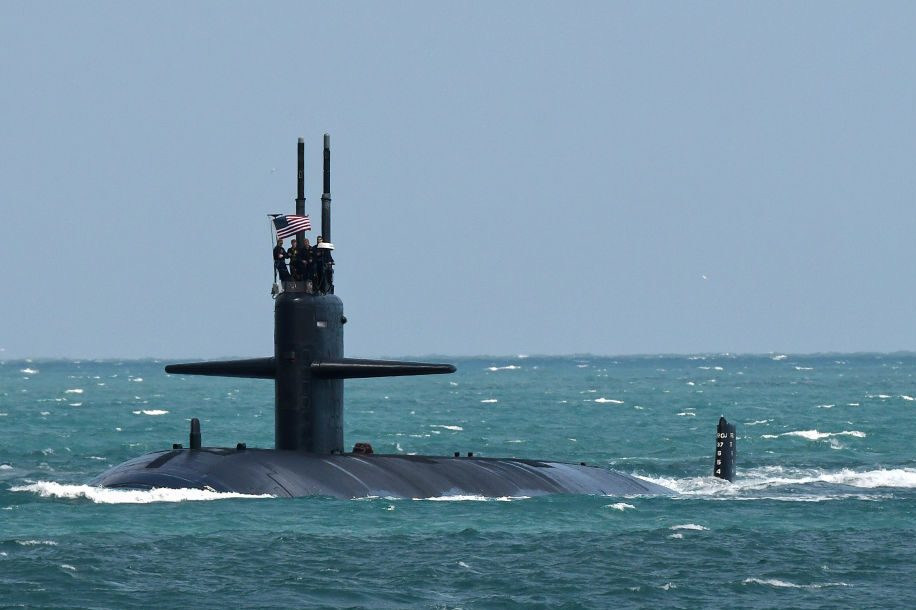
A nuclear-powered U.S. Navy submarine cruises into the Navy Port at Port Canaveral (Getty)
Think of the first Trump administration’s North Korea policy, and the bright lights, photo ops and eventual lack of deals in Singapore and Hanoi come to mind. The first two years of Trump 1.0 saw the then-new US president fluctuate between threatening “fire and fury” on the hermit kingdom to calling Kim Jong-un a “great leader”. Yet, the recent and as-of-yet unconfirmed revelations of an abortive US mission in early 2019 – wherein US Navy SEALs sought to intercept communications of Kim Jong-un – may seem to contradict the unusual bromance between Trump and Kim…











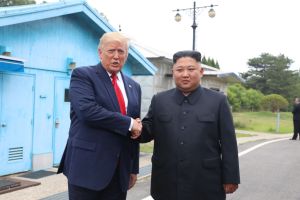
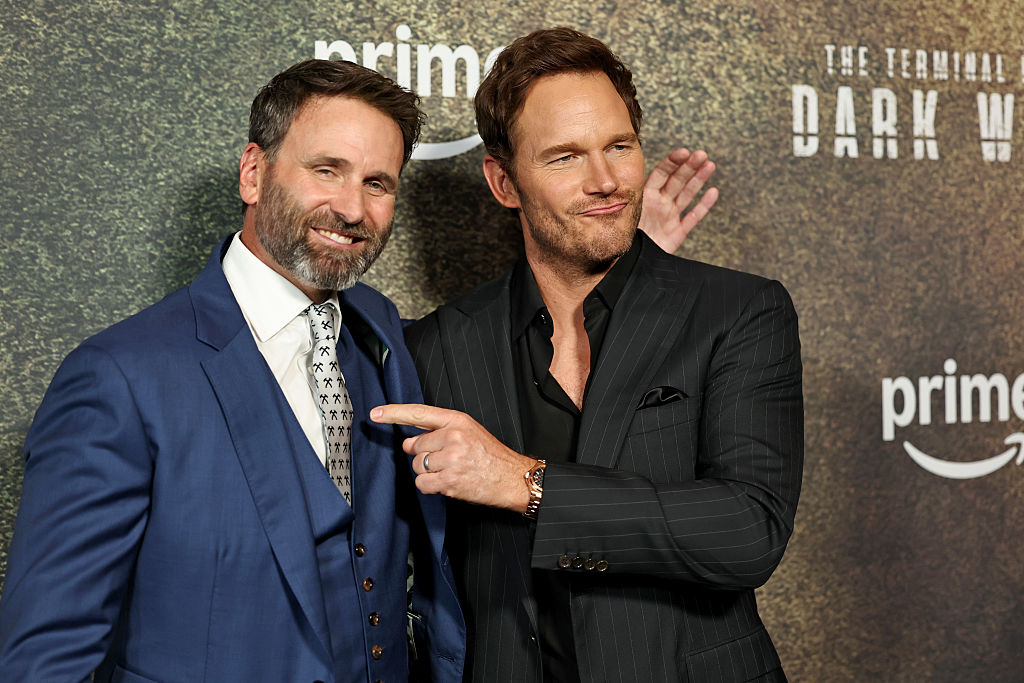
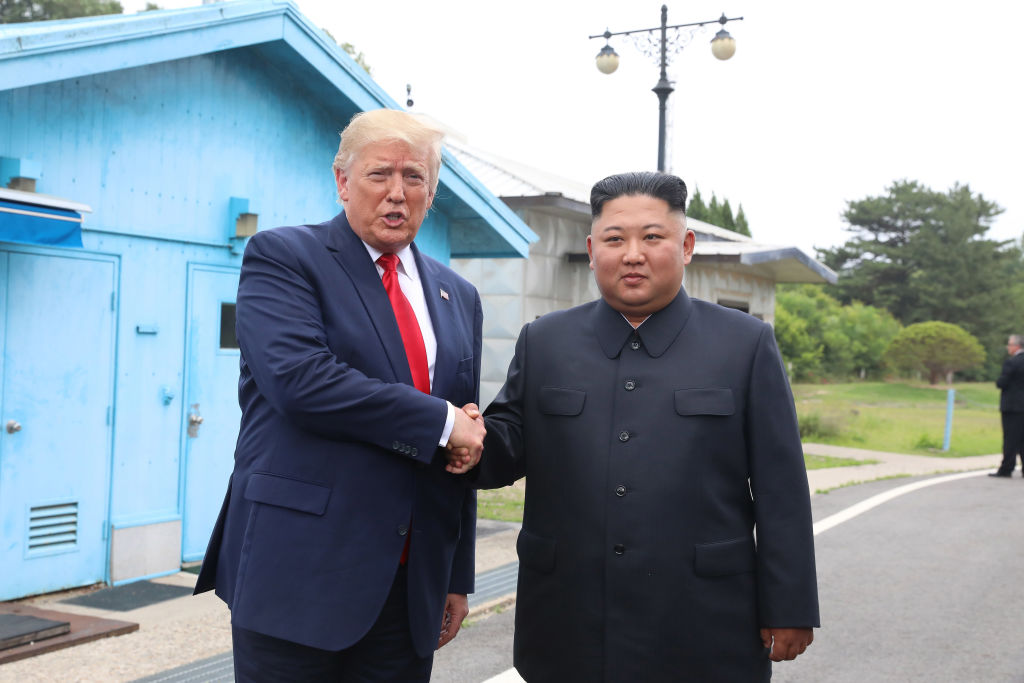
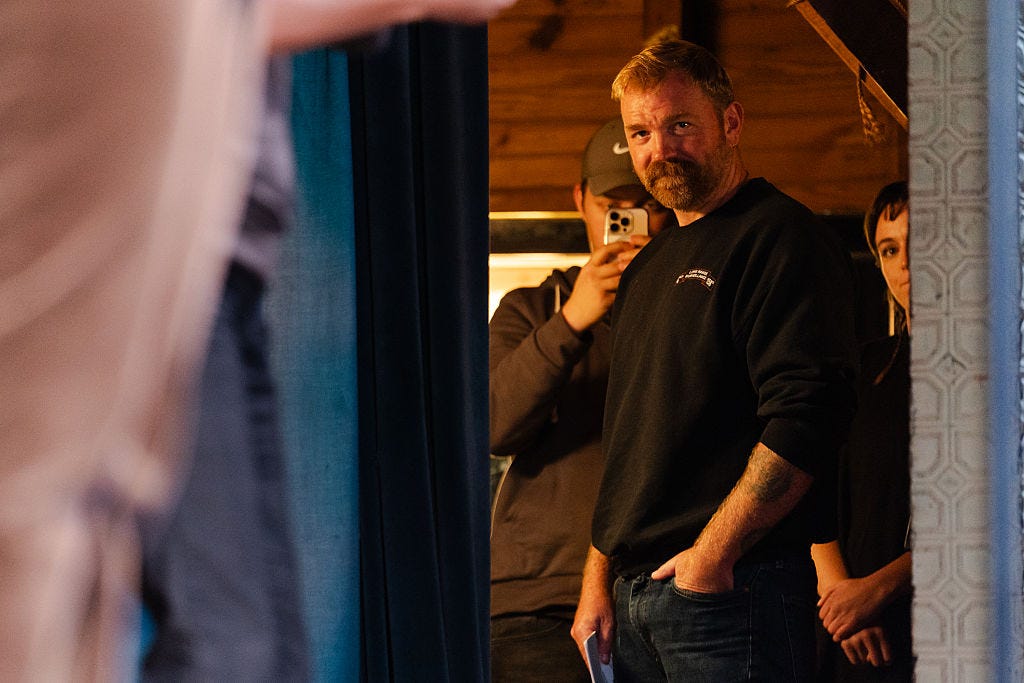
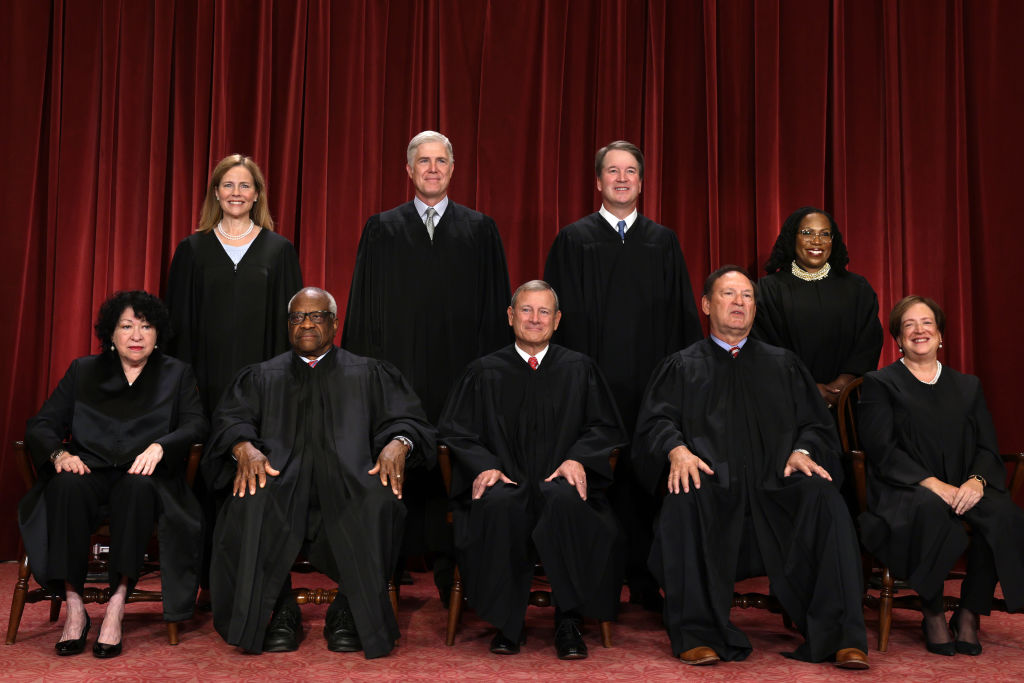
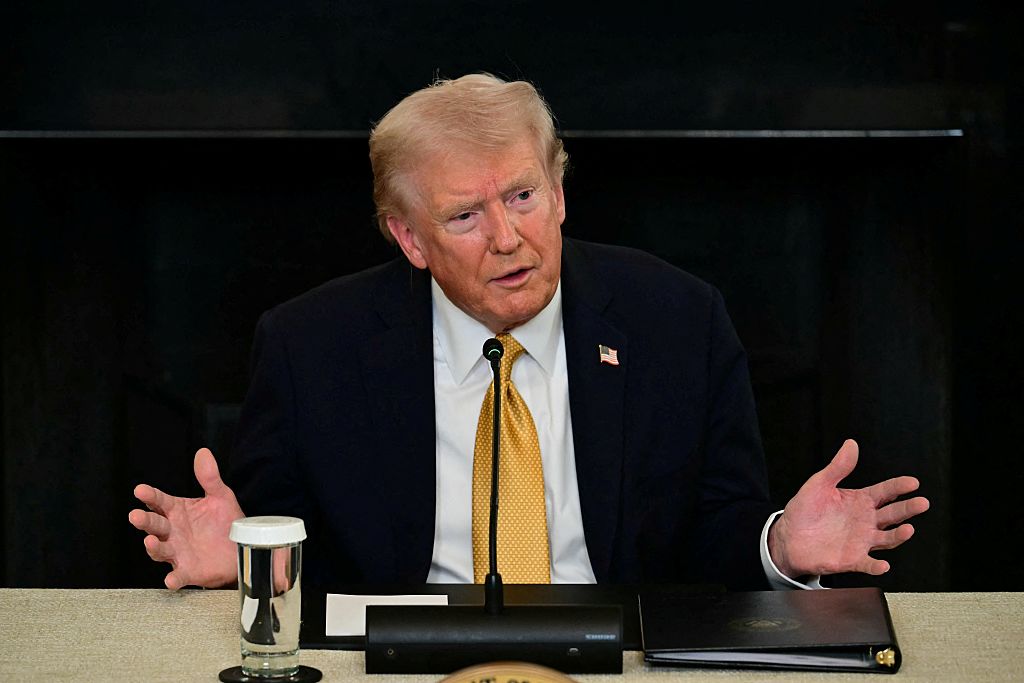
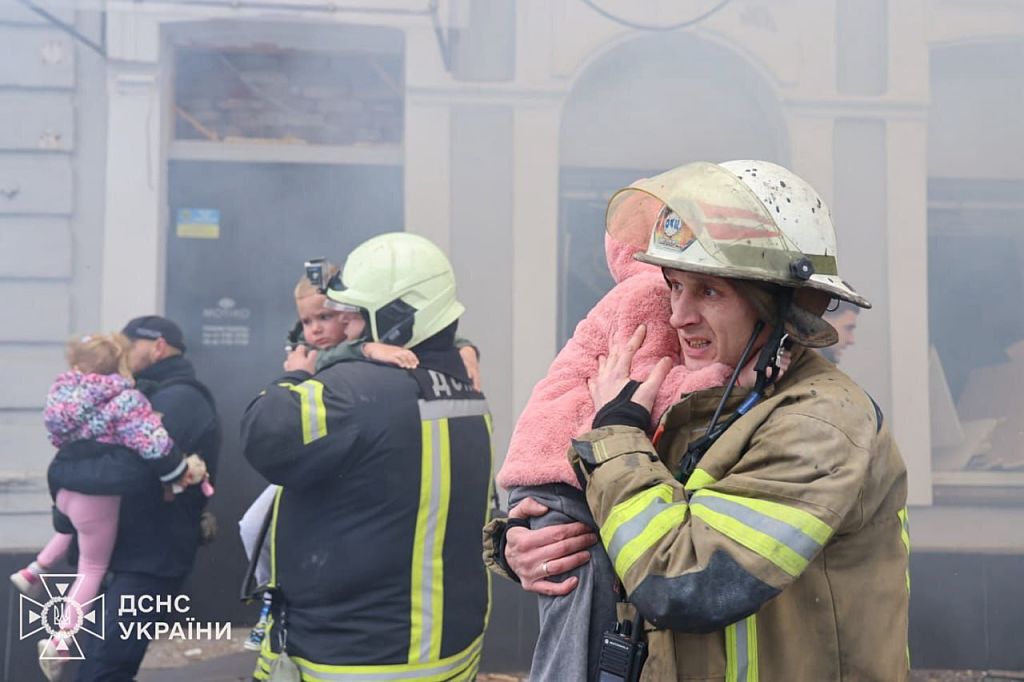







Leave a Reply